OnePlus Node CE 2 Full Review
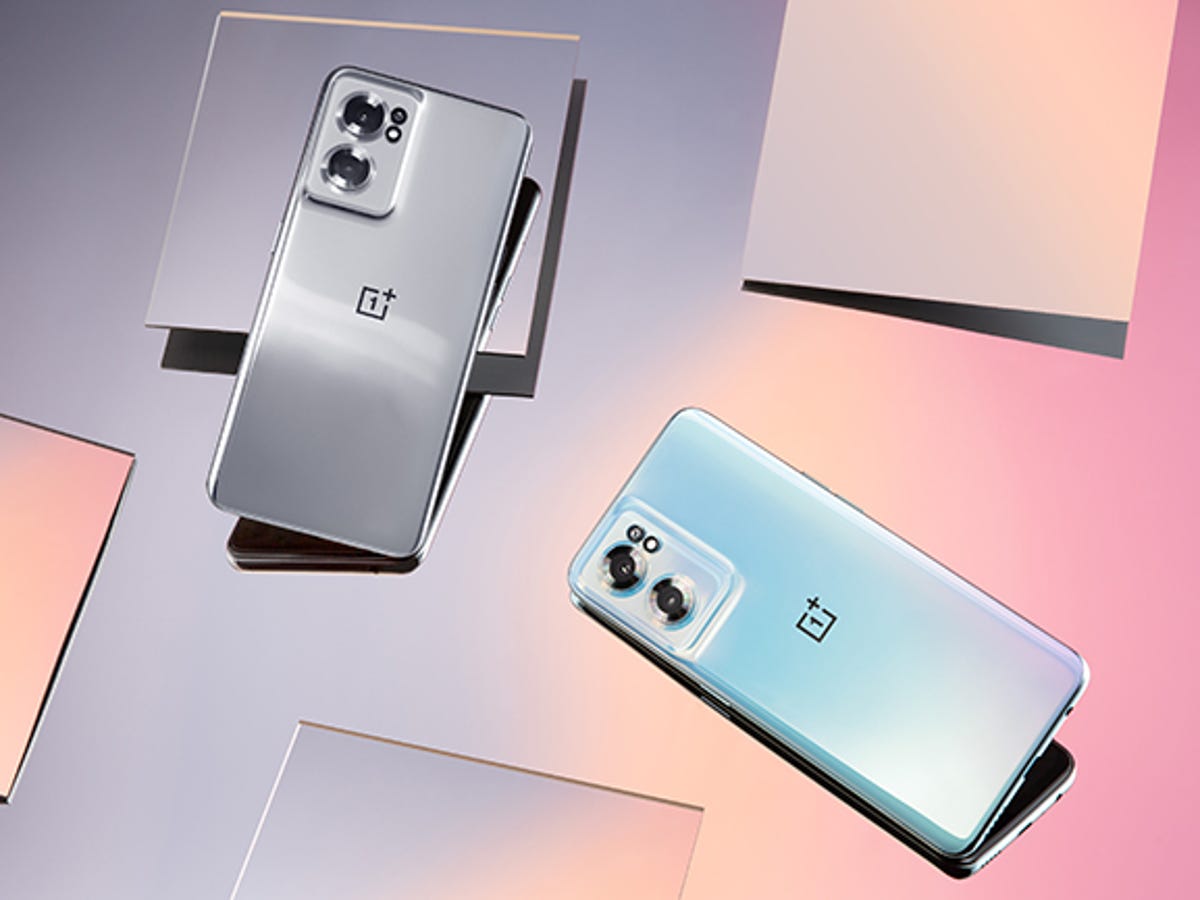
Introduction:
The OnePlus Nord CE 2 5G is the follow-up to the Nord CE from last year. In OnePlus’ Nord branding, the CE stands for core edition and is the entry-level model. These phones are marketed by OnePlus as a step above a standard Android phone, with all of the fundamental functionality plus a few extras.
The OnePlus Nord CE 2 5G, on the other hand, isn’t a brand-new or unique device. It’s simply a rebranded Oppo Reno7 5G, and while that’s been true of most OnePlus phones for a while, the Nord CE 2 5G is nearly identical to the Oppo phone.
Is that a terrible thing? Not always, mainly if the two devices are aimed at distinct markets. However, in some areas, the Reno7 5G and the Nord CE 2 5G will be available simultaneously, raising the question of why Oppo would do so.
But that’s a topic for another day; for now, let’s concentrate on the device at hand. We’ve had some experience with its predecessor, a good phone for the money. Let’s look at how the new Nord CE 2 5G performs.
Unboxing:
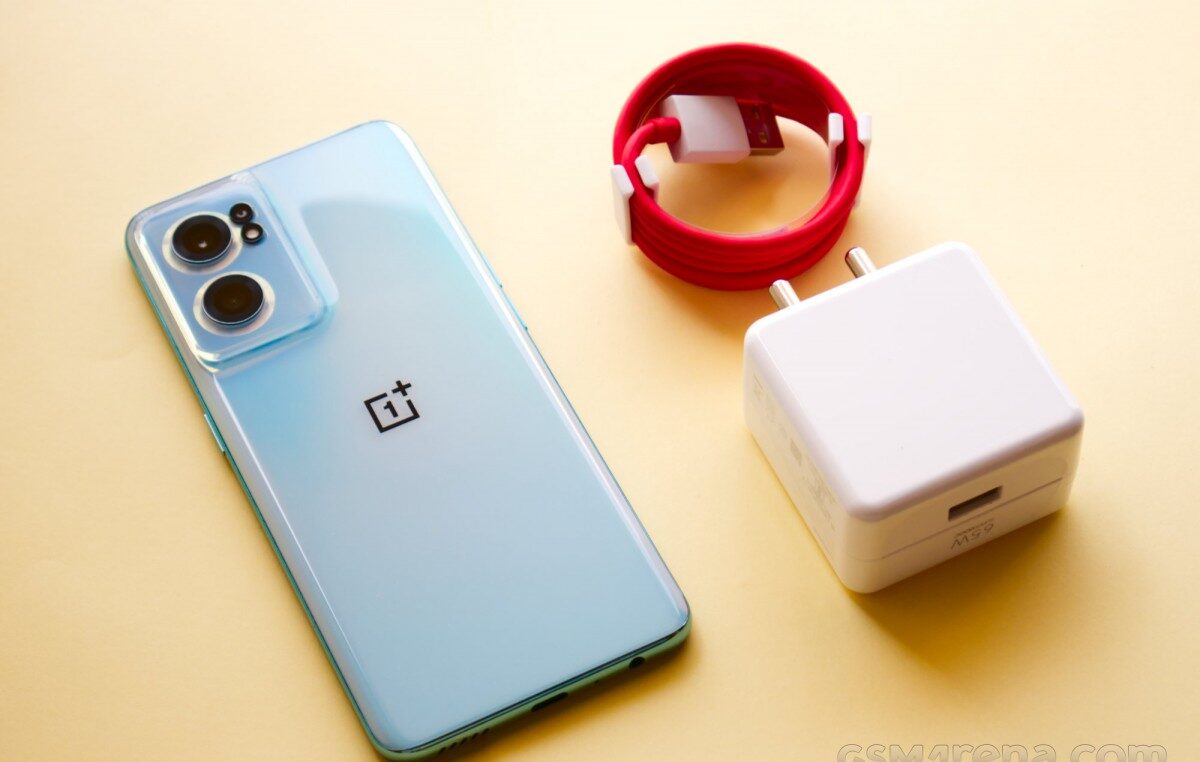
The Nord CE 2 5G is packaged in the same black Nord packaging as the rest of the series devices. The smartphone includes a 65W SUPERVOOC charger and a red OnePlus charging cable.
Yes, the charger came right from an Oppo smartphone’s packaging. While it’s debatable whether the OnePlus Dash/Warp charging was ever anything more than rebranded Oppo VOOC charging, OnePlus has chosen to quit pretending.
The line has a USB-A connector on one end that matches the charger’s USB-A port. Oppo/OnePlus phones can only get 65W from the charger. Only 10W is available when linked to any other device. In addition, the offered cable, like the phone itself, is only USB 2.0 approved.
Design:

The Nord CE 2 5G has an excellent design that doesn’t scream “cheap smartphone,” yet there are a few telling signs if you look closely.
The phone sports a standard hole punch camera configuration on the front, with the camera taking up a considerable amount of space on the top. The earpiece and all the sensors are housed in the top bezel, which is relatively thin.
The bottom bezel is chunkier, and it looks like it belongs on a budget phone. It also has a highly aggressive corner radius, which severely cuts into your screen space, especially when using navigation gestures. In some third-party apps, the bottom bar’s corners come dangerously near to truncating some icons and labels.
The phone’s sides are glossy plastic with a matte finish. The headphone jack is on the bottom, while the SD card slot, which can also take a microSD, is on the left side. There are a few things to note here, one of which is the absence of an alert slider on the right side. This was also true of the original Nord CE, making these devices feel less like OnePlus devices.
The phone’s back has a unique appearance, thanks to a single component that serves as both the back cover and the raised camera bump surrounding the lenses. Our review unit was in the Bahama Blue colour, which changes appearance based on how you look, from pale blue to iridescent.
The rear, however, is still comprised of plastic, even though it seems like glass at times. The main issue is that, unlike glass, plastic is incredibly prone to damage and can soon pick up scuffs and hairline scratches. On the plus side, it won’t break if dropped.
Despite a large amount of plastic, the Nord CE 2 5G seems well-made and solid in the palm. If the phone is dropped in water or gets wet in the rain, there is a rubber gasket around the SIM tray, which should give some protection. However, you should avoid handling the phone in wet or dusty environments because there is no official IP rating.
Display:

The OnePlus Nord CE 2 5G has a 6.43-inch AMOLED display with a resolution of 2400×1800 and a refresh rate of 90Hz. The display, according to OnePlus, offers full sRGB and Display P3 coverage and is HDR10+ certified. Corning Gorilla Glass 5 protects the presentation.
The display can be changed to Vivid (P3) or Gentle (sRGB) colour modes from the display settings. However, because the phone lacks colour management capabilities, it cannot switch colour spaces in response to content.
The white balance can be altered manually regardless of the colour profile you select. This has been the case with all recent OnePlus phones, and it’s completely inexplicable. While a bespoke white balance dial makes sense for a fully customized colour profile, colour spaces like sRGB and Display, P3 have white points that the user should not be responsible for dialling in. Furthermore, the phone does not attempt to have an appropriate default white energy for any of the colour profiles, with a chilly blue tinge in both P3 and sRGB modes.
The Nord CE 2 5G display is said to support HDR10 and, more particularly, HDR10+, according to OnePlus. We were unable to confirm this during our tests. Simply put, our review unit lacked an HDR-capable display. Yes, the phone could tonemap HDR10 content to play on the SDR display without the colours being washed out. This is not, however, an actual HDR experience.
We were also unable to confirm the HDR10+ claim. DRM Info, for example, could only find software that supported HDR10 and HLG. Amazon Prime Video is the only app that supports HDR10+ video, yet it makes no indication that it is playing in HDR, let alone HDR10+. On the other hand, Netflix flatly refused to detect any HDR support and instead played the SDR version of their material.
The HDR capabilities were only recognized in YouTube; however, the phone will tone map the HDR material to match the SDR display. The experience was similar to watching an SDR video.
It’s conceivable that the feature wasn’t implemented properly in the software on our test unit. However, this is how HDR works on both the Nord 2 and the OnePlus 9RT, so we don’t believe it’s a problem or a bad implementation, but rather a case of misrepresentation.

The Nord CE 2 5G supports a refresh rate of up to 90Hz, albeit, in some circumstances, such as in apps that play films or use maps, it can decrease to 60Hz. It’s an arbitrary restriction that rarely makes sense. While using other programs like the Google Play Store or Chrome, our evaluation unit would further reduce the refresh rate at odd times. This happened a few times, and strangely, the Android refresh rate counter would still show the display refreshing at 90Hz even if it wasn’t.
The display is mainly suitable in terms of visual quality. The benefits of an OLED panel, such as pure blacks and strong contrast, are there. Even if you have manually maxed out the brightness, the display has beneficial brightness levels and can go even brighter under direct sunlight. The viewing angles are a little weak, and when you tilt the show back and forth, you get a rainbow pattern, but it’s only really evident on a full white or light-coloured screen.
The touch reaction was excellent. During our testing, the display responded quickly to touch inputs, and there were no delays or unintentional inputs.
An optical fingerprint sensor is also included in the display. Because this sensor is a little slower than capacitive or some of the speedier optical sensors, you’ll have to keep your finger on the screen for a little longer. The sensor, however, does operate reliably once you psychologically prepare yourself for it.
Software
OxygenOS 11.3 operates on top of Android 11 on the OnePlus Nord CE 2 5G. It’s frustrating that OnePlus is still releasing new phones with Android 11 four months after the public release and ten months after the initial beta release.
The Nord CE 2 5G will receive two significant Android updates throughout its life. This means it will be updated to Android 12 and then to Android 13 in the future. It’s easy to understand how starting with Android 11 implies the corporation will have to deal with one fewer Android version in the future. OnePlus would have been compelled to commit to giving Android 13 and subsequently Android 14 as part of its two-update pledge if it had debuted with Android 12. Even though we prefer facts over conspiracy theories around here, it’s easy to see why the firm would pick this method of launching phones.
Of course, OnePlus isn’t the only firm that does this, and the Android ecosystem has an issue with it.

The OxygenOS version on the Nord CE 2 5G is the same as that on the Nord 2 and the OnePlus 9RT. It’s a bridge between the OxygenOS 11 built by OnePlus and the Oppo-find OxygenOS 12. OxygenOS 11.3 is based on the ColorOS codebase; however, it looks like OxygenOS 11.
The majority of this applies to features like the launcher, which is still the same as in previous versions of OxygenOS 11. Anyone acquainted with OnePlus phones would recognize it, and it is designed with a variety of capabilities, including the ability to add custom icon packs.
Notifications, shortcut toggles, multitasking UI, always-on display modes, and some of the custom apps are all from previous OxygenOS versions. They all appear relatively clean and straightforward, but they are beginning to show their age.
The Settings app, which combines classic OxygenOS UI and ColorOS features, is one place where you’ll notice the ColorOS influence. The Camera app, for example, is pulled straight from Oppo phones. Unlike OxygenOS 12, which feels entirely like ColorOS, the mix is not jarring, and it still feels primary, like using a OnePlus phone.
Our review unit came with an array of pre-installed apps, the majority of which were from Google, but there were a couple from OnePlus and a few third-party apps like Netflix and Spotify. The good news is that almost all of these can be uninstalled with OnePlus. We wish, as, with MIUI, there was a way to uninstall numerous apps at once rather than one at a time.
However, not everything can be uninstalled. The OnePlus Red Cable Club occupies a prominent position within the settings app, bombarding you with offers every time you open it. For whatever reason, OnePlus thinks you need three file managers and won’t allow you to uninstall any of them.
Other functions, such as the company’s cloud backup service, foreign roaming service, Nearby Charging Stations service, and so on, cannot be disabled and will send you notifications regularly. OxygenOS has been Oppo-find, and it now contains a lot more system-level notices than before and a steady barrage of tips and suggestions.
OnePlus’ gesture navigation is still terrible. When all you’re doing with your right thumb is scrolling through a webpage or your Instagram feed, the phone returns you to the previous page or the home screen because it can’t discern the difference between a side swipe action and vertical scrolling. While other Android phones require an intentional swipe gesture from the right edge to return, any movement around the right edge on OnePlus phones is considered a signal to produce. Every other manufacturer seemed to have worked it out, but OnePlus continues to frustrate us.
There were a few minor problems on our review unit, which ran the A.09 build, but nothing major. We anticipate that most of them will be resolved in the first release.
One oddity we discovered during media playback was with the AV1 decoding. The Nord CE 2 5G, powered by a MediaTek Dimensity 900 chipset, can decode AV1 in hardware. Either YouTube or the Netflix app did not detect the AV1 codec. We couldn’t find any mention of AV1 decoding even when we looked through the DRM Info app. However, we could play an AV1 file in the Gallery without any issues. We don’t know if this is a feature or a bug.
Interestingly, the phone supports the LHDC Bluetooth codec, despite OnePlus stating that Nord phones would not. For whatever reason, the corporation does not market it, but we were able to confirm its existence throughout our testing.
Performance:

The MediaTek Dimensity 900 chipset powers the OnePlus Nord CE 2 5G. It has a Mali-G68 GPU and an octa-core CPU with 2x Cortex-A78 cores clocked at 2.4GHz and 6x Cortex-A55 cores at 2.0GHz. OnePlus has chosen the slower LPDDR4X memory with a choice of 6GB or 8GB and UFS 2.2 storage with only 128GB as standard. MicroSD cards can be used to extend the storage capacity.
In everyday use, the Density 900 delivers decent results. It was primarily a speedy and seamless experience opening and swiping through apps. Multitasking was also not an issue, as even the entry-level model had sufficient system memory.
The Nord CE 2 5G, like the other Oppo-find OnePlus phones, has a performance model in the battery options. The A55 cores are set to their maximum clock speed of 2.0GHz, while the A78 souls can go from their full clock speed of 2.4GHz to a new minimum of 1.8GHz. In some circumstances, preventing the cores from clocking down during downtime can help enhance responsiveness because the time it takes to ramp up to full clock speed is negligible because the roots are always running at max or high speeds.
While we didn’t notice any real-world performance benefits from this feature, having the cores running at high clocks all the time has a significant influence on battery life. As a result, we believe it’s an extra feature, as any efficient CPU scheduler should already have the CPU clocks where they need to be without causing your battery life to suffer. However, OnePlus is notorious for having an extremely conservative CPU scheduling to save power, so there may be advantageous to have this option enabled in rare exceptional circumstances.
When it comes to GPU performance and gaming, the Mali-G68 performs admirably. Outside of more demanding games like Genshin Impact, we weren’t left wishing for more excellent GPU performance in most popular titles.
The Nord CE 2 5G, like all OnePlus phones, is unable to run most games at higher than 60 frames per second. Except for a few allowed games, practically every popular game you’d play on the Nord CE 2 5G can only operate at 60Hz, not the display’s maximum of 90Hz. We’ve discussed this with the company before, and they’re not interested in changing this aspect of their phones.
The Density 900’s media playback capabilities are somewhat limited. The chip can encode and decode 4K video, but only 30 frames per second. Even yet, playing some 30fps 4K clips stutters. YouTube clips in 4K at 60 frames per second are not possible, and the best you can hope for is 1440p.
Since we’re on media playback, the Nord CE 2 5G does include a headphone jack, which is helpful for those who still buy and prefer wired IEMs and headphones.
What the phone gains in headphone audio, however, it loses in speaker audio. The Nord CE 2 5G has only one loudspeaker on the bottom of the phone, which felt unbalanced and annoying after becoming used to so many dual-phone-equipped telephones today. While watching TikTok or Instagram videos in portrait mode is fine, watching YouTube videos in landscape form is startling now that the sound is coming from only one side of the phone. This is one area where we believe OnePlus should not have scrimped.
Camera:

On the back of the OnePlus Nord CE 2 5G, there’s a triple camera system with a 64MP f1.7 primary camera an 8MP f2.
2MP f2.4 macro camera with 2MP ultra-wide camera On the front, there is a single 16MP f2.4 camera. The only notable physical difference between the Nord CE 2 5G and the Oppo Reno7 5G is the front camera, which is 32MP on the latter.
The camera app has been ported over from Oppo’s ColorOS phones. We believe this app to be less user-friendly than the former OnePlus camera app; the latter offered a handy slide-up drawer for camera modes, whereas the Oppo app buries different methods inside the More option at the bottom of the sliding list, which is more complex and uncomfortable to access.
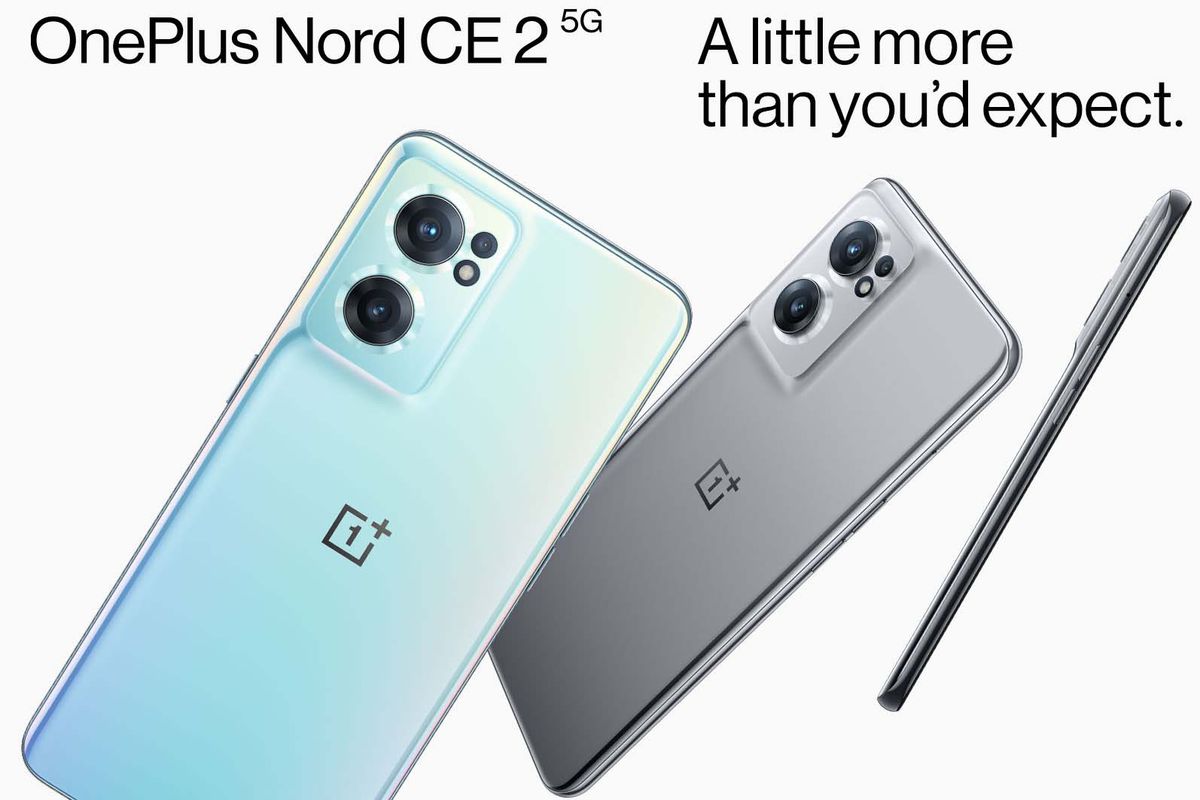
Apart from that, the app is primarily feature-rich, with things like a night mode, portrait mode for photos and videos, AI image enhancement mode for photos and videos, beautification mode for portraits, a dual-view video mode that captures both the front and rear camera feeds at the same time, a text scanner mode, and Expert mode.
For the most part, the Expert mode is what you’d expect, with manual controls for exposure, white balance, shutter speed, ISO, and focus. However, there is no RAW capture feature in this software for some strange reason, which means you can only shoot compressed JPEG photographs.
Before we go into image quality, it’s worth noting that taking pictures and, especially, a video outside in the sun can quickly cause the phone to overheat. This is generally followed by a drastic dimming of the display, to the point that the screen contents are practically impossible to view. The funny thing is that the phone doesn’t appear to be unusually warm to the touch, but it still struggles to work. The phone became so heated in a few instances that it started speaking Chinese.
Let’s start with the primary camera and talk about image quality. The 64MP camera captures surprisingly good quality images in daylight. The photos are well-exposed and have excellent colour fidelity. For a 16MP image, the detail and resolution are also outstanding, albeit there is some oversharpening.
The image’s main flaws are its lack of contrast and dynamic range. OnePlus tends to crush shadow detail to produce more contrasty photographs, but this isn’t the ideal practice if you want your images to have the most dynamic range possible. Unfortunately, no RAW capture is available, so we can’t see what the sensor is capable of.
Because the phone lacks telephoto lenses, all zooming is done digitally. The camera app’s 2x option gives decent results that hold up to inspection. However, zooming in even farther decreases image quality dramatically.
The phone has a feature that allows you to photograph in full 64MP resolution. However, the photographs are just upscaled from 16MP images and do not give any additional information, indicating that they are phoney 64MP. There’s also a 108MP mode, which is even more misleading.
Moving on to the ultra-wide camera, we like its substantially more extensive vision field. On the other hand, the image quality is unimpressive at best, with the meagre 8MP sensor producing less than adequate detail and resolution.
This camera’s colour fidelity is usually good, but it fails by a large margin when it fails. Surprisingly, the ultra-wide camera’s dynamic range is typically better than the primary camera’s, as there is minor shadow crushing.
Last but not least, there’s the 2MP macro camera. There is no discernible resolution or detail, and colour fidelity is poor. Because there is no focusing, you must physically approach the subject, which casts a shadow on the subject and distorts the issue because this is a wide-angle lens shooting from a close distance.
These low-quality macro cameras have become a standard feature of OnePlus’ mid-range smartphones, and we don’t see why they’re still included other than to pad the spec sheet. Suppose you need to capture something from a close distance, such as fine print on a package that would otherwise be unreadable. In that case, we reluctantly recommend using the camera if the primary camera isn’t producing the results you want. Otherwise, you’re better off pretending your phone doesn’t have a macro camera.
Before we go into the movie, we’d like to explain the AI mode for stills capture briefly. This camera app’s AI mode isn’t perfect, as it takes a long time to recognize a scene and frequently gives up. It only adds a generic saturation boost to the image, which may or may not improve or even be noticeable. Even if the beauty mode is switched off, it tends to apply skin smoothening if it recognizes faces in the frame. It’s best if you don’t wear it.
The Nord CE 2 5G can record 4K video at 30 frames per second. You can also record video at 30fps and 60fps in 1080p and 720p resolutions. An AI model for the video can only record in 1080p 30fps. Video can only be recorded in 720p at 30fps in portrait mode. There’s also an ultra-steady setting that only captures 30 frames per second in 1080p. All of this relates to the main 64MP wide camera; there is only one option for the ultra-wide camera, which is 1080p 30fps.
The primary camera’s 4K video is virtually worthless. Although the image quality is good, there is no image stabilization. It’s pointless to shoot in 4K on this phone unless you’re using an actual tripod. Even if you do your best to imitate a tripod, the resulting footage is highly unstable.
Another flaw in the 4K film is the inappropriate use of colour space. For some reason, the 4K video from this phone is saved in the BT.2020 colour space, which is typically reserved for HDR video, yet the video is still SDR in this case. These movies appear alright on the phone, but the colours seem to be oversaturated or off when viewed on other devices. Even after being adjusted to BT.709 on YouTube, the videos still appear oversaturated.
Then there’s the 1080p 30fps footage, which is far better. It’s not only steady because of EIS, but it’s also preserved in the standard BT.709 colour space, which means it’ll look great on any device. Even before you upload it to YouTube or social media, where it will degrade further, the image quality isn’t as good as the 4K video because there isn’t enough resolution. However, the 1080p video is usable compared to the shakycam 4K footage.
Battery:
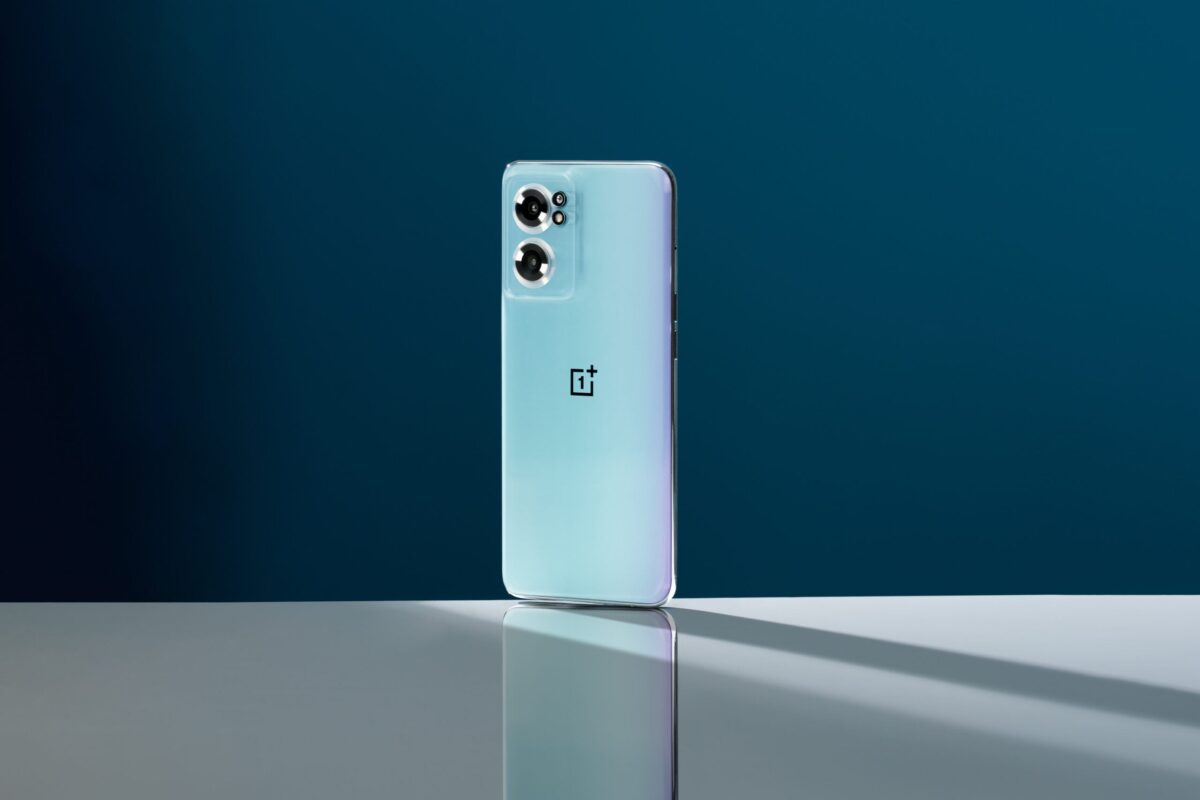
A 4500mAh dual-cell battery powers the OnePlus Nord CE 2 5G. We didn’t have time to complete our comprehensive battery life testing — we’ll save it for our entire review — but our first full charge lasted us for a day and a half, which isn’t awful considering how much we used the device, particularly for camera testing.
The phone comes with a 65W SUPERVOOC charger from OnePlus. A 15-minute charge with the included charger recharges the battery to 48 per cent capacity from 0%, and a complete control takes 45 minutes. Even if you connect one of the older OnePlus chargers, the screen displays SUPERVOOC instead of Warp charge.
Conclusion:
For the price, the OnePlus Nord CE 2 5G is a reasonably well-featured and well-performing phone. It features an appealing appearance, a good display, a relatively clean and simple UI with good performance, a capable primary camera, decent battery life with quick charging, and even a few bells and whistles that are becoming increasingly rare, such as a headphone port and expandable storage.
On the flip side, the phone comes preloaded with Android 11, the single loudspeaker feels a little old-fashioned, the macro camera is a bit meaningless, 4K video is shaky, and most games don’t support high refresh rates. Despite the company’s claims to the contrary, the display does not support full HDR.
The phone is also the Oppo Reno7 5G with a different operating system. While this may have been a viable tactic in the past, with the two firms’ software combining, even that one distinction would be irrelevant in the future. What’s the point of having the two phones in the same market? What’s more, why should a customer choose one over the other?
OnePlus will have to respond to these questions at some point. However, for the time being, the phone is fine and is a viable alternative if you’re shopping in that price bracket.
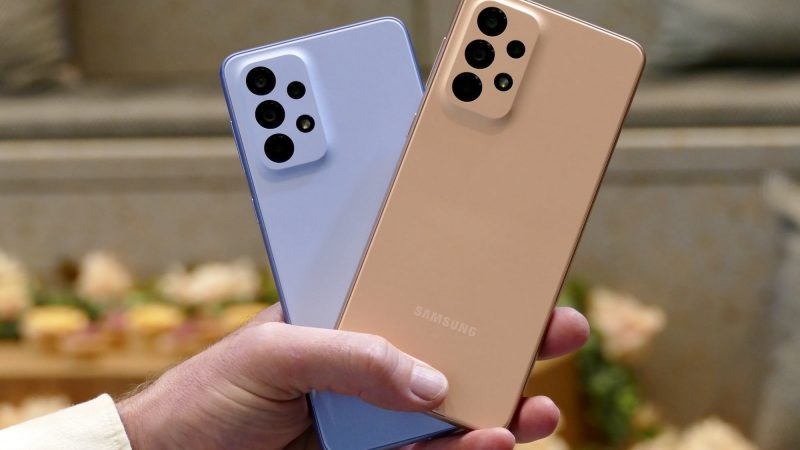

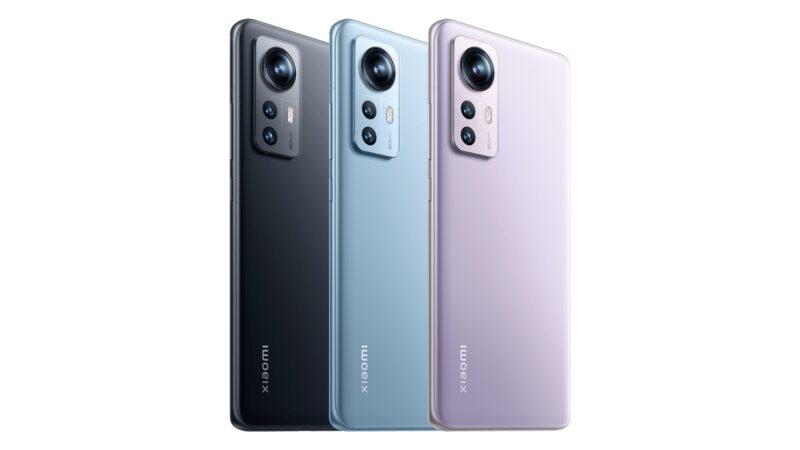
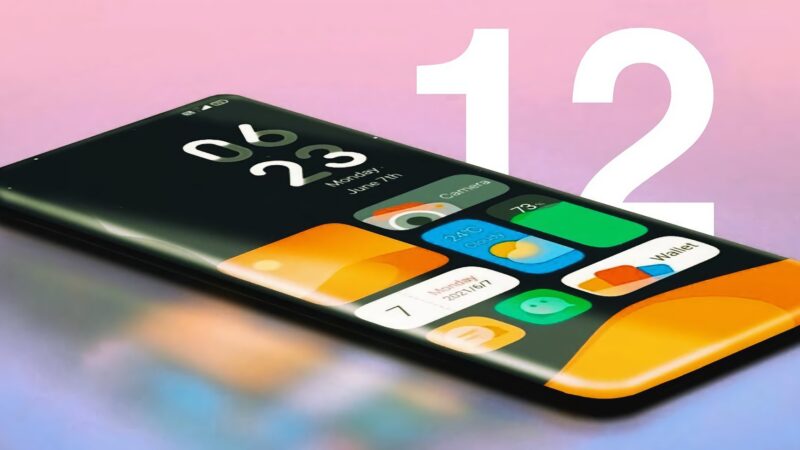

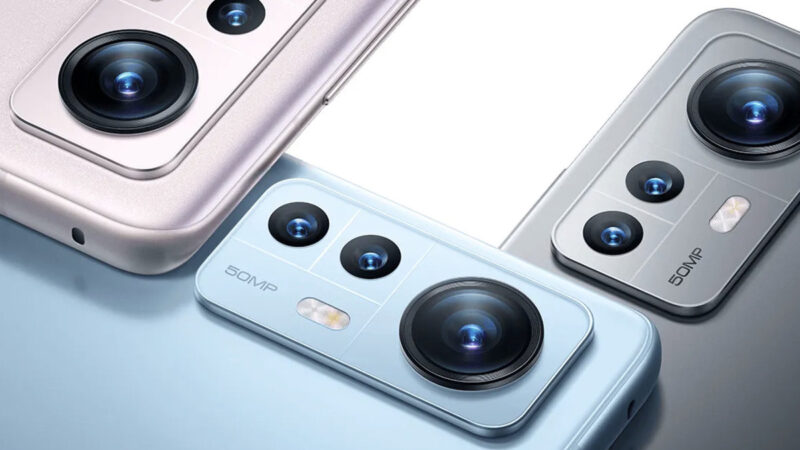
Greetings! Very helpful advice in this particular post! It is the little changes that will make the largest changes. Many thanks for sharing!
sorry for the late response, and thank you for your greetings